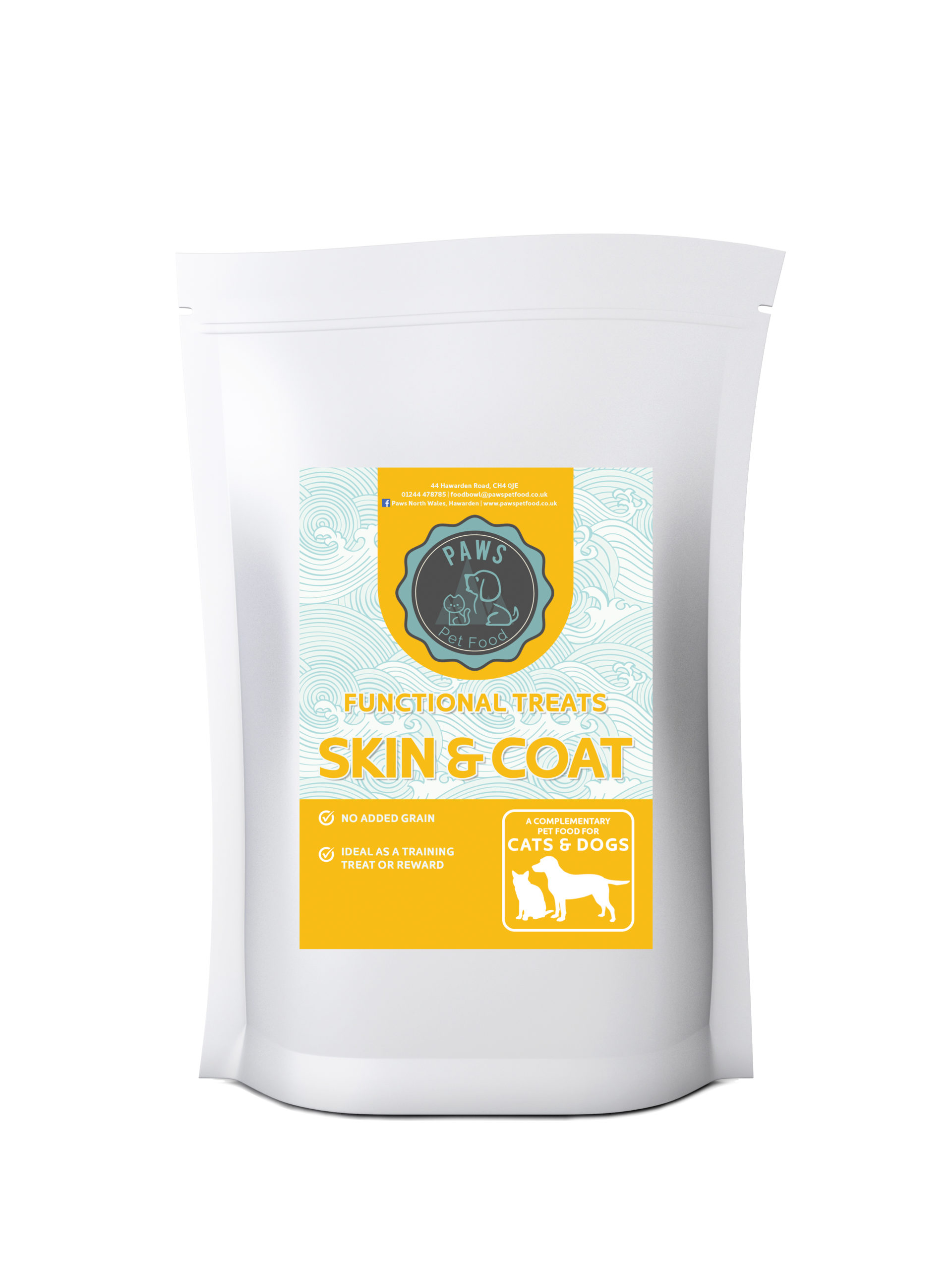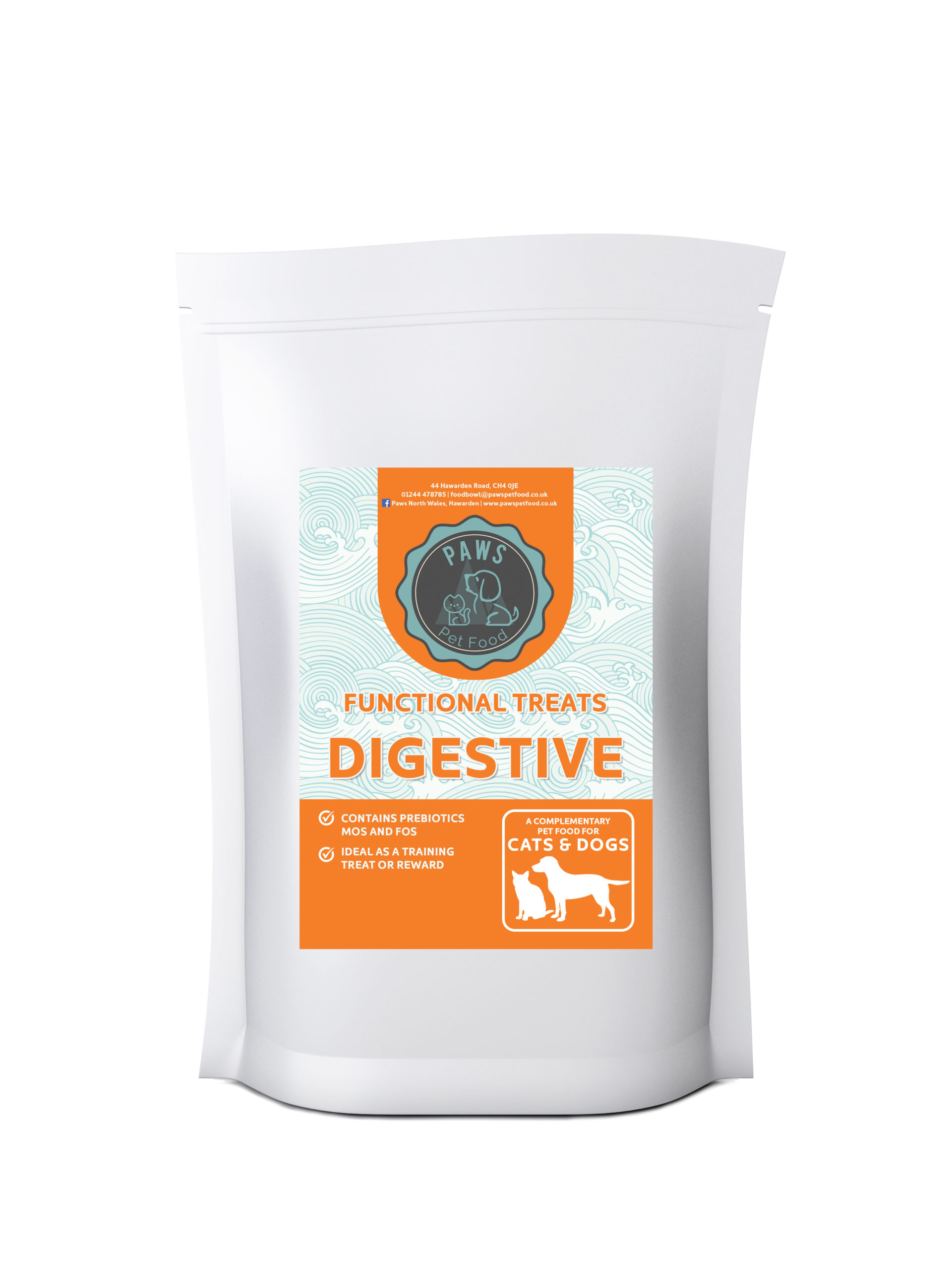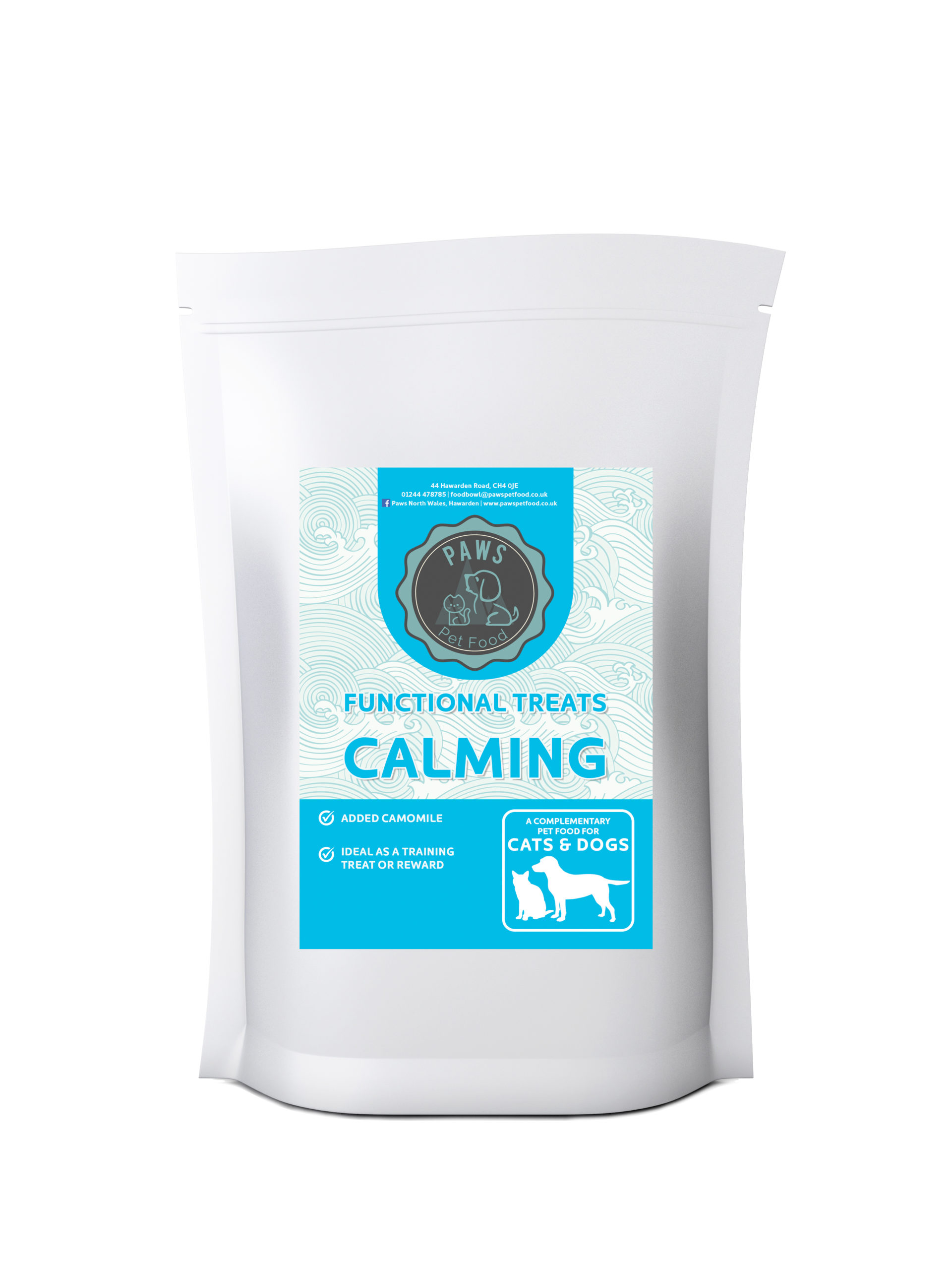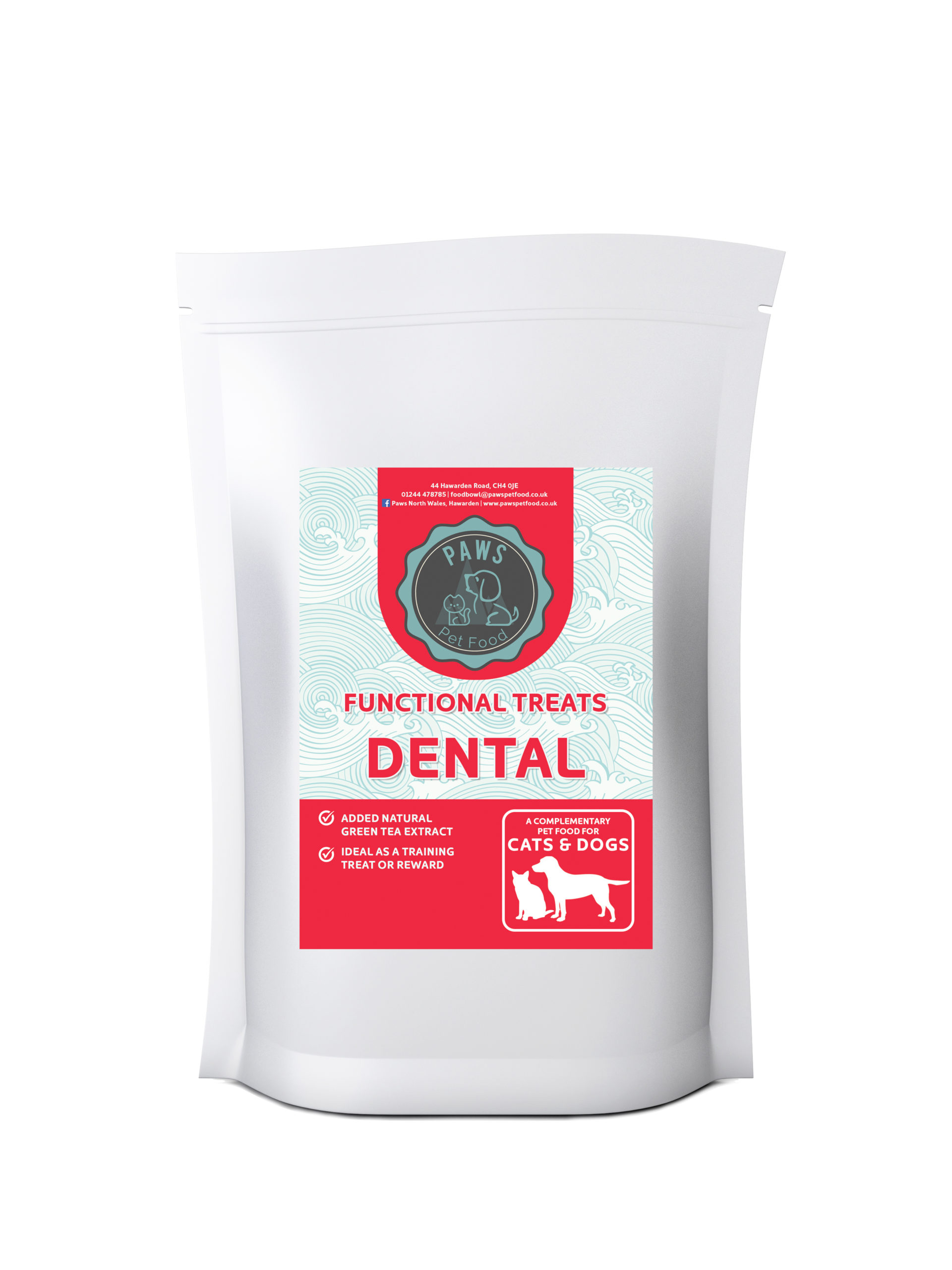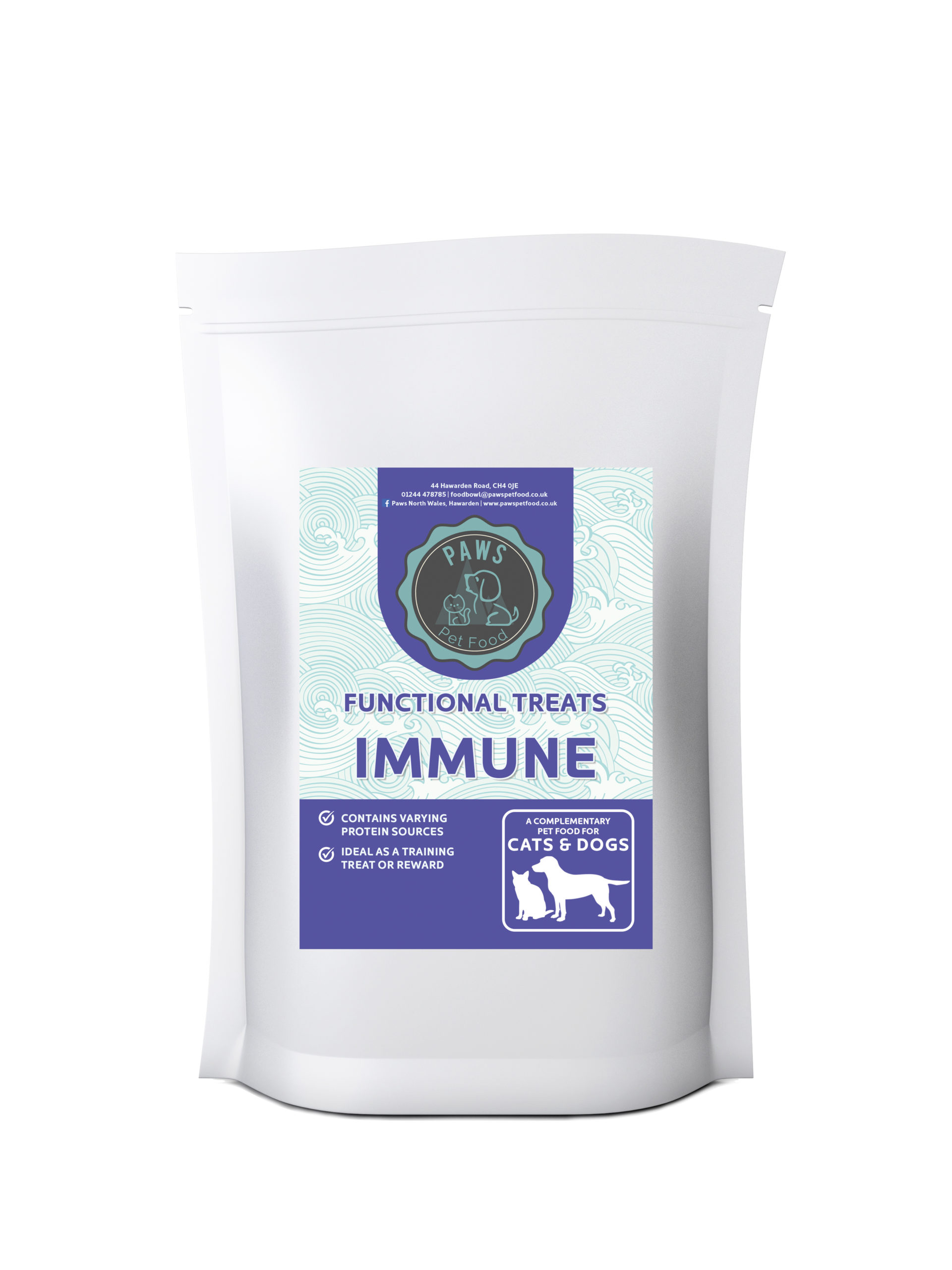Hypoallergenic Pet Food – What is it
You may be surprised to learn that food intolerance’s are a common problem amongst pets.

All you need to know about your Hypoallergenic recipes
Lower quality pet food, packed with artificial additives, chemicals and known hypersensitising ingredients can often cause disturbances. Feeding a higher quality hypoallergenic food can help to reduce symptoms.
We formulate our recipes to be hypoallergenic in the sense that they help to reduce symptoms of intolerance and sensitivity, promoting everyday health and wellbeing as recommended by the Pet Food Manufacturers Association (PFMA). Our pet food recipes are often formulated to exclude ingredients which may cause intolerance’s including grains (i.e wheat and maize), beef, chicken, soya, or dairy. However, it is important to note that although we are able help manage symptoms of intolerance, the recipes we formulate are more accurately created to assist with food intolerances/sensitivities as opposed to allergic reactions and are not classed an anallergenic pet food. The Paws Pet Food definition of hypoallergenic in line with the PFMA recommendations is: “Formulated without Wheat, Wheat Gluten, Soya, Dairy, Beef or Pork.
“What symptoms could my pet have?”
Like humans, pets health can go out of control when exposed to certain food or chemicals. Food sensitivities are whereby the animal is intolerant (sensitive) to one or more of these materials. The body reacts to this unwanted material and there is belief that this causes upset to the animal by including the following gastrointestinal signs: flatulence, diarrhoea, regurgitation or even vomiting, and unwanted variation with wet or voluminous stool quality. Itching and poor skin may also be associated with adverse food reactions.
It is often a protein which is sometimes associated with a carbohydrate (i.e. wheat gluten) that is implicated with causing an intolerance or sensitivity. Therefore, by formulating these recipes and declaring the individual ingredients we have a minimal number of known protein sources to reduce the risk of intolerance’s or sensitivities occurring. If an owner has noticed the clinical signs which are disrupting their pets normal happy self and think that the diet is probably to blame – advising your customers to switch to hypoallergenic food is a good start! Hypoallergenic food from GA is formulated to work alongside the digestive system and in turn is made up of ingredients which are less likely to cause adverse reactions – for pets with sensitive skin or digestion.
 Remember to slowly change the food over.
Remember to slowly change the food over.
On changing your pets’ food it is essential to introduce the new food gradually over a period of time (usually 2-3 weeks). It takes time for the digestive enzymes and microflora to adjust. Too much disruption through changing too quickly could be counter-productive, or, at worst, cause an adverse reaction. They can do this by gradually reducing the amount old food and slowly introducing the new food to the diet. Do not anticipate the effects to be instantaneous – the effect of this diet is gradual!
 Must a pet have sensitivity in order to need Paws Pet Food hypoallergenic food?
Must a pet have sensitivity in order to need Paws Pet Food hypoallergenic food?
Most certainly not! Any pet can consume hypoallergenic food. Some owners may already choose to always feed this type of food because it contains reliable good quality ingredients which are highly digestible and nutritious. Alongside this, they may already choose hypoallergenic food as a preventative measure to ensure their companions have a reduced risk of digestive upset (and less potential for having to clear up some poor ‘back end’ performance!).
Hypoallergenic pet foods have the potential to be great for all dogs!
Summary
Hypoallergenic foods are really about reducing the risk of adverse reactions to particular ingredients or components of those ingredients. By offering Hypoallergenic foods such as Grain Free with particular and limited ingredients, you and pet have a reduced risk of food related illness and all the potential to lead a happy healthy life!
All the above information has been taken from the below sources
The European Pet Food Industry Federation (2017). Nutritional Guidelines for Complete and Complementary Pet Food for Cats and Dogs. 1st edition. Bruxelles. FEDIAF: 77-79.
Reedy LLM, Miller Jr. WH, Willemse T (1997) Food Hypersensitivity. In: Allergic Diseases of Dogs and Cats 2nd edition W B Saunders Company Ltd. London; 1997: 173 – 188.
Scott DW, Miller WH, Griffin CE. (2001) Skin immune system and allergic skin diseases In: Muller & Kirk’s Small Animal Dermatology. 6th edition WB Saunders Company Philadelphia, PA: 543-666.







